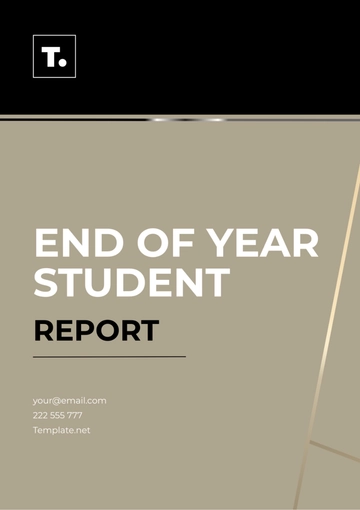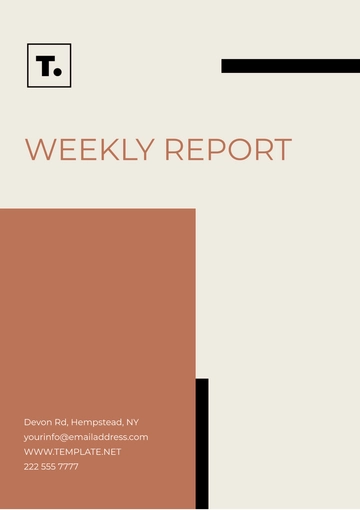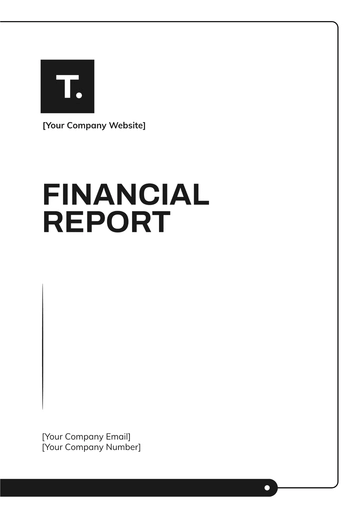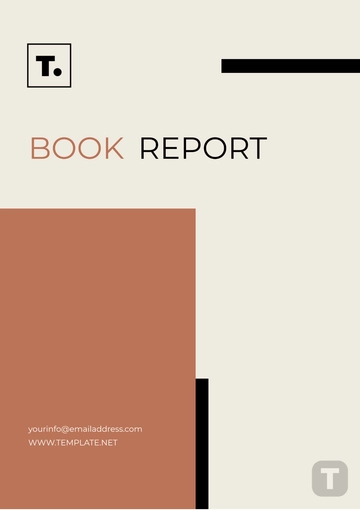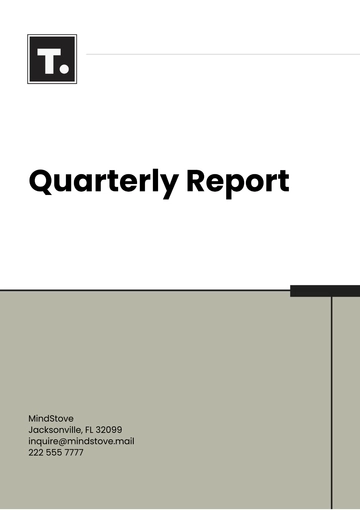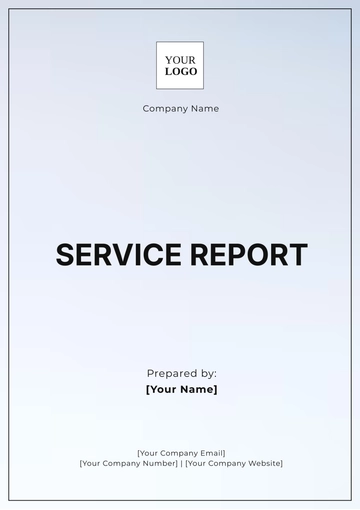Free Fashion Trend Report

The world of fashion is an ever-evolving landscape, influenced by cultural shifts, technological advancements, and changes in consumer preferences. This report provides a comprehensive overview of current fashion trends, analyzing their origins, impact, and potential future developments. It aims to equip industry professionals, enthusiasts, and consumers with key insights into the fashion world.
I. Introduction
At [Your Company Name], we are dedicated to providing valuable insights into the evolving fashion landscape, helping designers, retailers, and industry professionals stay ahead of the curve. This report aims to explore the latest fashion trends, analyzing shifts in consumer preferences, fabric innovations, color palettes, and seasonal influences. Our methodology combines both qualitative and quantitative data, drawing from fashion shows, social media sentiment analysis, consumer purchase behavior, and market forecasting tools. By reviewing these diverse data points, we aim to offer an in-depth understanding of the trends that are shaping the industry and provide actionable insights for stakeholders in fashion-related sectors.
The findings in this report serve as a guide to the upcoming fashion season, offering a forward-looking perspective on key styles, patterns, and designs expected to dominate the market. We also highlight notable cultural and economic factors influencing consumer behavior, ensuring a holistic view of current trends. Readers can expect to gain practical knowledge for making informed decisions, from product development to marketing strategies, ensuring that their brands stay relevant and competitive in a fast-changing fashion market. The following sections will delve deeper into specific trends, offering comprehensive analysis and recommendations based on our extensive research and data collection.
II. Current Fashion Trends
The fashion industry is undergoing a significant transformation, with sustainability emerging as a core focus for both consumers and brands alike. As environmental concerns become more pressing, companies are adopting practices that prioritize eco-friendly materials, ethical labor, and reduced waste. This shift is not just about greenwashing but reflects a growing movement towards conscious consumption and responsible production.
A. Sustainability in Fashion
The growing awareness of environmental issues has led to a shift towards sustainable fashion. Brands are increasingly focusing on eco-friendly materials, ethical production methods, and reducing carbon footprints. The trend of capsule wardrobes and slow fashion is gaining traction as consumers opt for quality over quantity.
Brand | Initiatives |
|---|---|
EcoWear | Recycled materials, zero waste initiatives |
NatureThreads | Organic cotton, ethical labor practices |
B. Technology Integration
Fashion and technology are converging like never before. From smart textiles to virtual fashion shows, technology is reshaping the industry. Augmented reality (AR) and virtual reality (VR) are being used to enhance shopping experiences, allowing consumers to try on clothes virtually.
C. Nostalgia and Retro Styles
Fashion is cyclic, and retro styles are making a comeback. The 90s and early 2000s trends are particularly popular, with high-waisted jeans, oversized blazers, and bucket hats receiving renewed attention. This nostalgia-driven trend is fueled by a cultural longing for the past.
D. Gender Neutral Fashion
The boundaries between traditional gender-specific clothing are blurring. More designers are creating inclusive, gender-neutral collections that focus on comfort and self-expression, challenging traditional norms and appealing to a broader audience.
E. Bold Patterns and Colors
In contrast to minimalism, bold patterns, and vibrant colors are making waves in the fashion scene. From psychedelic prints to bright neons, designers are not shy about expressing creativity through daring designs.
Animal Prints
Neon Colors
Psychedelic Patterns
III. Influences on Fashion Trends
Fashion trends are shaped by a variety of external factors that extend beyond the runway. Social movements, economic climates, and cultural shifts play pivotal roles in guiding consumer preferences and influencing designers. Understanding these influences is essential for identifying emerging trends and anticipating future demands in the fashion industry.
A. Cultural and Social Influences
Fashion has always been a reflection of societal values and movements. Today, global movements such as Black Lives Matter, LGBTQ+ rights, and feminist activism are pushing brands and designers to consider the social impact of their work. These movements not only inspire diverse collections that highlight inclusivity but also demand greater responsibility from the fashion industry. Designers are increasingly integrating messages of equality, justice, and representation into their designs, while consumers are holding brands accountable for their stances on social issues. The growing demand for culturally relevant and ethically produced fashion is reshaping the industry's landscape, encouraging brands to align their values with their collections.
The graph below showcases the influence of various social movements on fashion trends in 2055
The data highlights the growing impact of social movements on the fashion industry in 2055. Inclusivity leads with 35% of brands embracing diverse representations, while LGBTQ+ representation and cultural diversity follow closely behind. Sustainability and mental health awareness show a more modest but emerging presence, indicating evolving consumer priorities.
B. Economic Factors
Economic conditions play a crucial role in determining fashion trends. In times of economic uncertainty, such as recessions or periods of high inflation, consumers often prioritize functionality and durability over trends, favoring more practical and versatile wardrobe choices. The rise of "smart spending" leads to increased interest in timeless pieces and long-lasting garments. On the other hand, during periods of economic prosperity, there is a surge in demand for luxury items, bold fashion statements, and high-end designs as consumers feel more confident in their spending. Economic cycles significantly influence consumer behavior, shaping the types of products that dominate the market at any given time.
IV. Future Directions
Looking ahead, fashion is set to evolve in response to technological advancements, sustainability initiatives, and shifting consumer values. Key trends shaping the future include:
Technological Integration: Use of augmented reality (AR), 3D printing, AI-driven design tools, and smart textiles.
Digital and Virtual Fashion: Growth of digital clothing in virtual environments and video games, offering sustainable alternatives to physical garments.
Sustainability Innovations: Circular economies, fabric recycling, zero-waste designs, and upcycling practices.
Changing Consumer Values: Demand for diversity and inclusivity in sizing, design, and marketing, as well as greater brand transparency in supply chains.
These developments will continue to redefine how fashion is created, consumed, and experienced.
V. Conclusion
The fashion industry is undergoing a transformative shift, driven by a combination of social, cultural, technological, and economic factors. Sustainability remains a central theme, with brands increasingly adopting eco-friendly materials and ethical production practices in response to growing consumer demand for responsible fashion. Alongside this, technological innovations such as digital fashion and AR experiences are reshaping how consumers engage with and purchase clothing, making the industry more interactive and accessible. As consumer values evolve, inclusivity and social responsibility will continue to play a significant role in shaping the future of fashion.
Looking ahead, the industry will likely see a continued fusion of digital and physical spaces, pushing the boundaries of creativity and functionality. Brands that embrace sustainability, technological advancements, and the evolving social landscape will be best positioned to thrive in a competitive market. The future of fashion is poised to be more innovative, inclusive, and conscious, presenting both challenges and exciting opportunities for industry professionals and consumers alike.
- 100% Customizable, free editor
- Access 1 Million+ Templates, photo’s & graphics
- Download or share as a template
- Click and replace photos, graphics, text, backgrounds
- Resize, crop, AI write & more
- Access advanced editor
Stay ahead of the curve with the Fashion Trend Report Template from Template.net. Fully editable and customizable, this template helps you document emerging trends, market insights, and style forecasts professionally. Easily editable in our Ai Editor Tool, ensuring a polished and efficient reporting process. Keep your fashion business informed with this template.
You may also like
- Sales Report
- Daily Report
- Project Report
- Business Report
- Weekly Report
- Incident Report
- Annual Report
- Report Layout
- Report Design
- Progress Report
- Marketing Report
- Company Report
- Monthly Report
- Audit Report
- Status Report
- School Report
- Reports Hr
- Management Report
- Project Status Report
- Handover Report
- Health And Safety Report
- Restaurant Report
- Construction Report
- Research Report
- Evaluation Report
- Investigation Report
- Employee Report
- Advertising Report
- Weekly Status Report
- Project Management Report
- Finance Report
- Service Report
- Technical Report
- Meeting Report
- Quarterly Report
- Inspection Report
- Medical Report
- Test Report
- Summary Report
- Inventory Report
- Valuation Report
- Operations Report
- Payroll Report
- Training Report
- Job Report
- Case Report
- Performance Report
- Board Report
- Internal Audit Report
- Student Report
- Monthly Management Report
- Small Business Report
- Accident Report
- Call Center Report
- Activity Report
- IT and Software Report
- Internship Report
- Visit Report
- Product Report
- Book Report
- Property Report
- Recruitment Report
- University Report
- Event Report
- SEO Report
- Conference Report
- Narrative Report
- Nursing Home Report
- Preschool Report
- Call Report
- Customer Report
- Employee Incident Report
- Accomplishment Report
- Social Media Report
- Work From Home Report
- Security Report
- Damage Report
- Quality Report
- Internal Report
- Nurse Report
- Real Estate Report
- Hotel Report
- Equipment Report
- Credit Report
- Field Report
- Non Profit Report
- Maintenance Report
- News Report
- Survey Report
- Executive Report
- Law Firm Report
- Advertising Agency Report
- Interior Design Report
- Travel Agency Report
- Stock Report
- Salon Report
- Bug Report
- Workplace Report
- Action Report
- Investor Report
- Cleaning Services Report
- Consulting Report
- Freelancer Report
- Site Visit Report
- Trip Report
- Classroom Observation Report
- Vehicle Report
- Final Report
- Software Report




